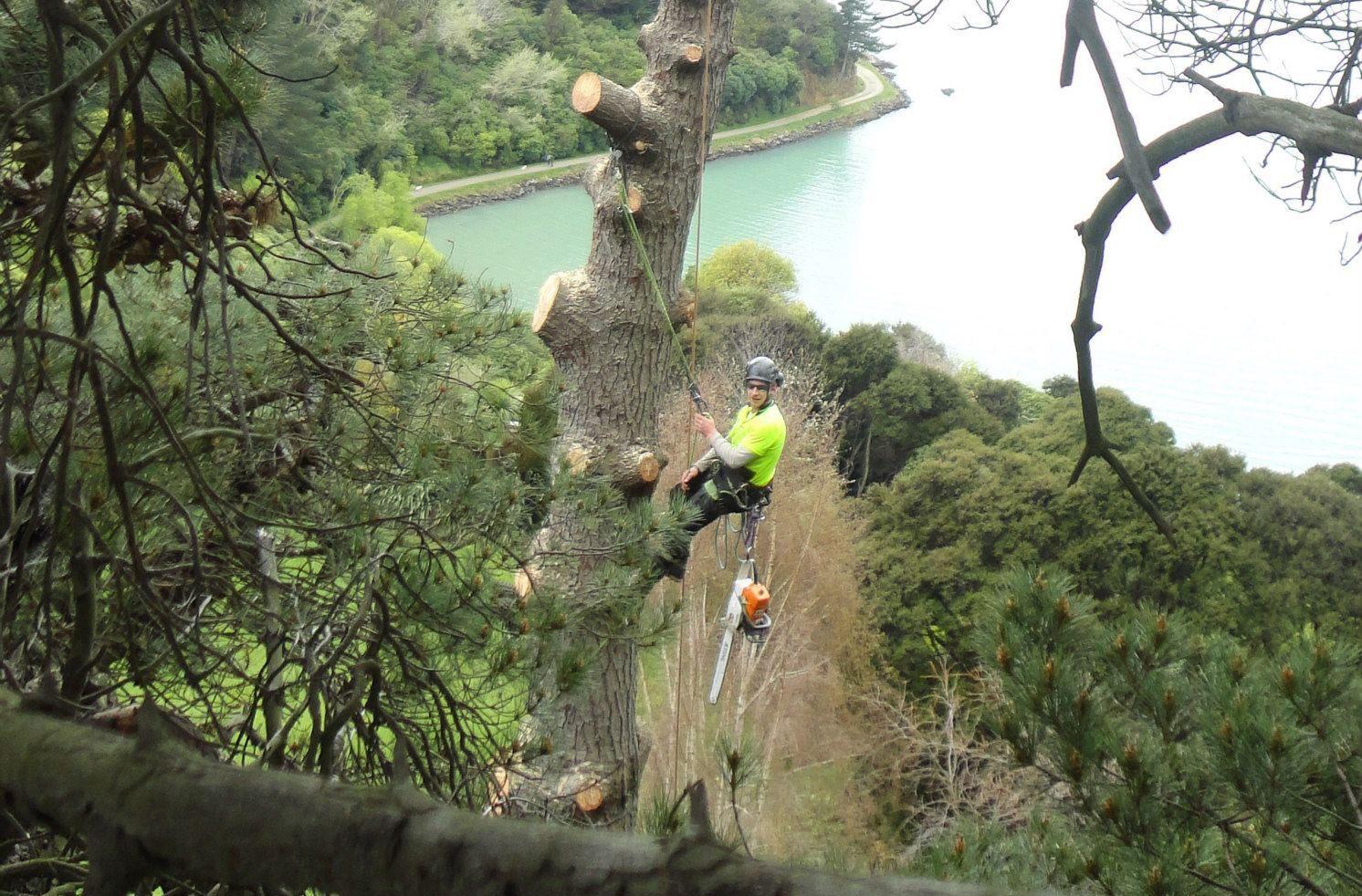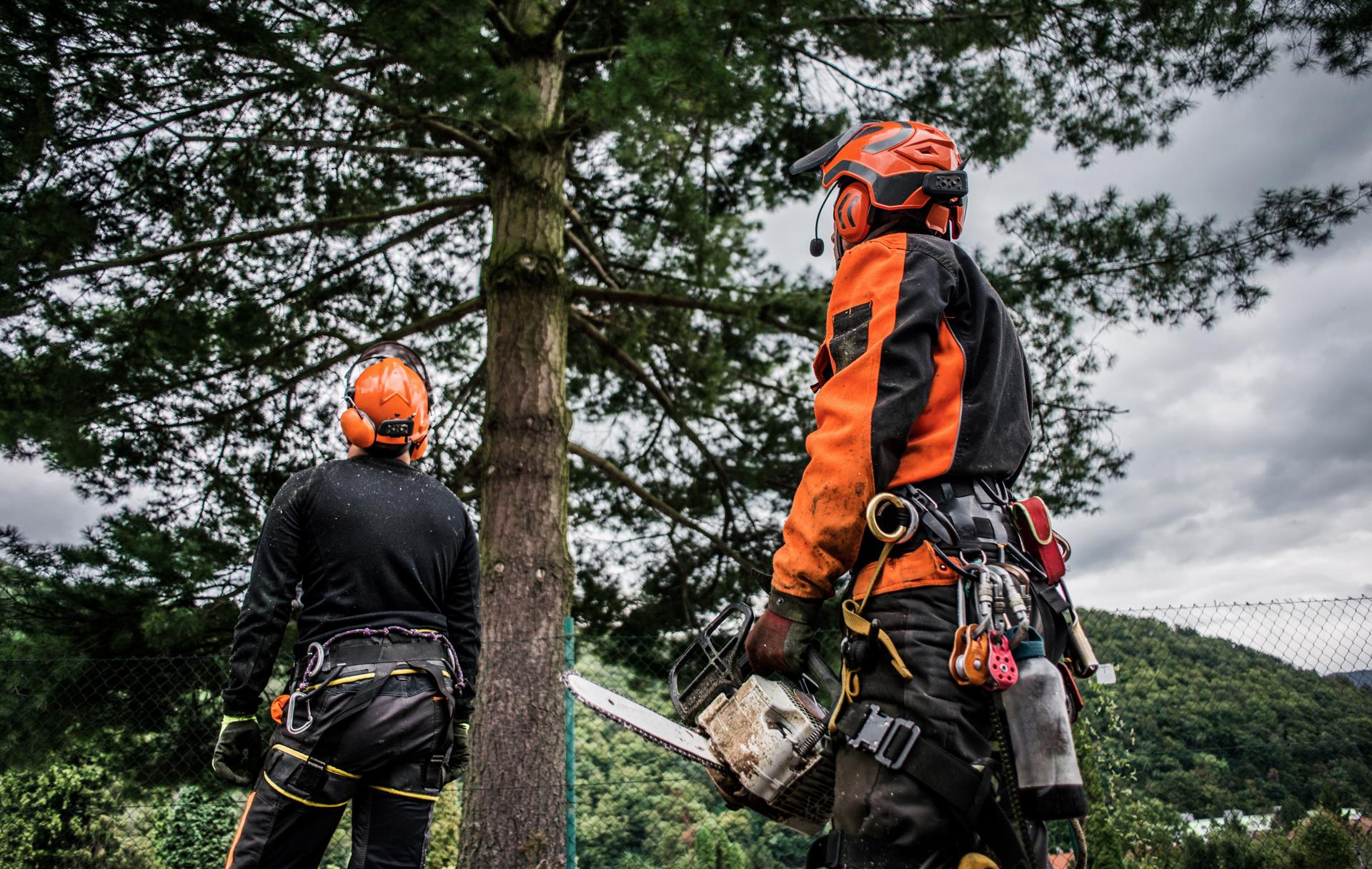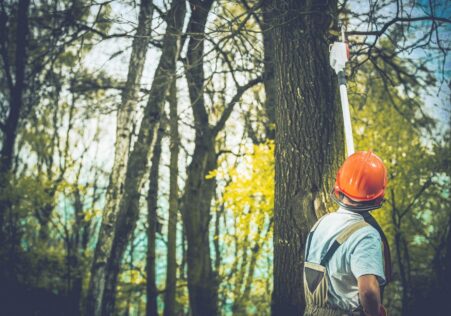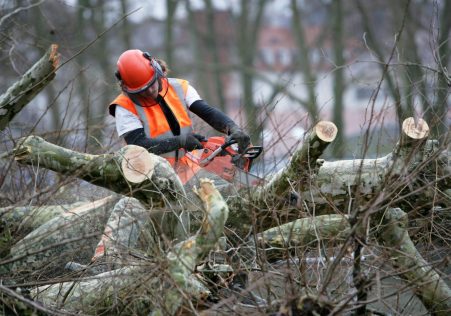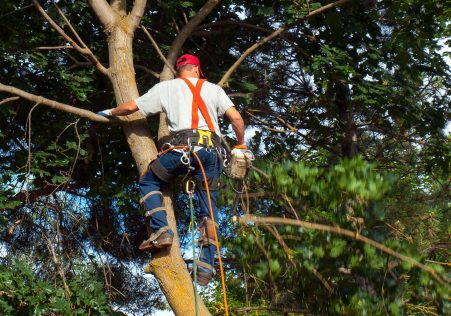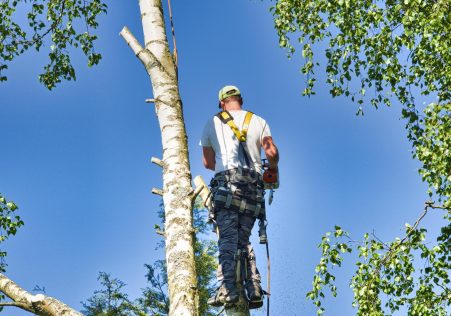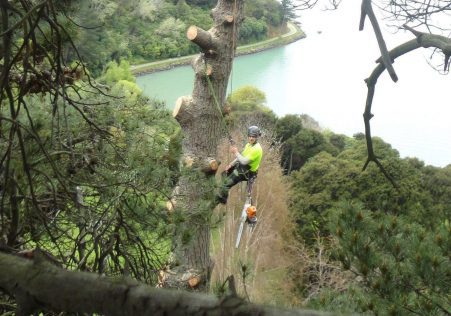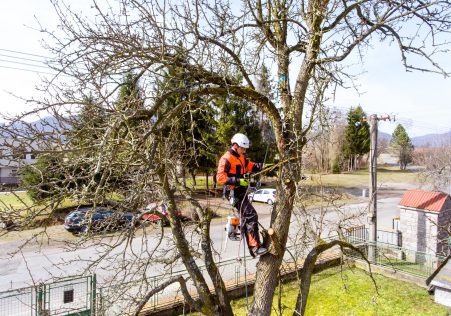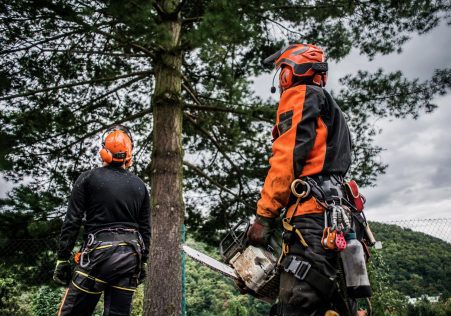How to Protect Trees? A Reference to Understanding Protected Status
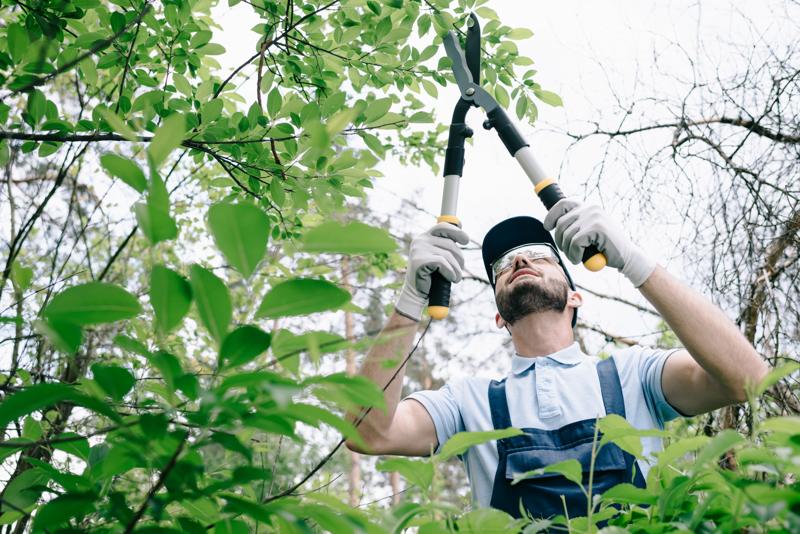
Trees play an important role in our environment as they provide shade, clean air, and aesthetic value to our surroundings. However they are not all identical and some are granted extra protection status, which makes it illegal to carry out any activity without authorization. If you are considering having a tree removed it is essential to know the protection status of the tree you’re considering and the steps you need to take to comply with the laws. This article we will walk you through the steps to determine if a tree is secured and the steps you have to do to ensure you comply with the law.
What exactly is a tree that is protected?
A protected tree is one that can be subject to specific legal restrictions, and it’s illegal to work on such a tree without the required permissions. There are two kinds of protection a tree might have: preservation orders and protection orders.
Legal protection
In the context of the law trees are protected under law and are in the hands of Tree Preservation Orders (TPOs). TPOs are enacted by local authorities to protect trees of significant public value and to ensure that they are not damaged or destroyed.
Preservation orders
Preservation orders are similar to TPOs , but are put in place from the Secretary of State responsible for Environment. Preservation orders for trees are considered to have exceptional value and are shielded from any kind of work, including the felling.
How can I tell when a tree is in danger?
To determine if the tree is protected, you need to determine if the tree is under an TPO or preservation order. This can be accomplished by contacting the local authority and asking them to search their records.
TPO search
To search for a TPO You can reach your local Tree and Woodland Officer at your local authority, who can inform you if the tree is protected. They’ll also be able advise you about the next steps to do if your tree is in a protected area.
Preservation order search
If you are looking for a preservation order, you must contact the Secretary of State for the Environment. They will inform you if the tree is protected and provide you with the necessary information and guidance.
FAQs:
What happens if I carry out work on a protected tree without permission?
If you carry out work on a tree that is protected without the proper permissions, you could face significant fines, and possibly even jail time.
Can I appeal an TPO or preservation order?
You can appeal a TPO or preservation order if you feel that it is not justified. But, you’ll need to prove your case and show why the TPO or order to preserve isn’t necessary.
Can I cut down a tree that is protected tree?
It is unlawful to take down trees that are protected without the necessary permissions. If you want the tree to be removed it is necessary to seek permission from the council and provide proof to back your claim.
Conclusion
To conclude, knowing if the tree is protected is a vital aspect in ensuring that any tree work is legally completed. By understanding the different types of protection, and knowing how to identify them to ensure you’re following the law and are protecting the trees in your care. If you’re not sure about the protection status of a tree, we recommend seeking advice from an experienced tree expert such as Northern Beaches Tree Lopping Sydney. Our arborists are experienced and will be able to advise you regarding the status of protection of your trees and walk you through the necessary steps to ensure you are following the legal guidelines. With our experience and dedication to providing top-quality tree care We can assist you to maintain the beauty and worth for your tree. Call us now by calling 1300 941 639 to schedule a consultation and let us help you ensure that your trees are protected and healthy.

